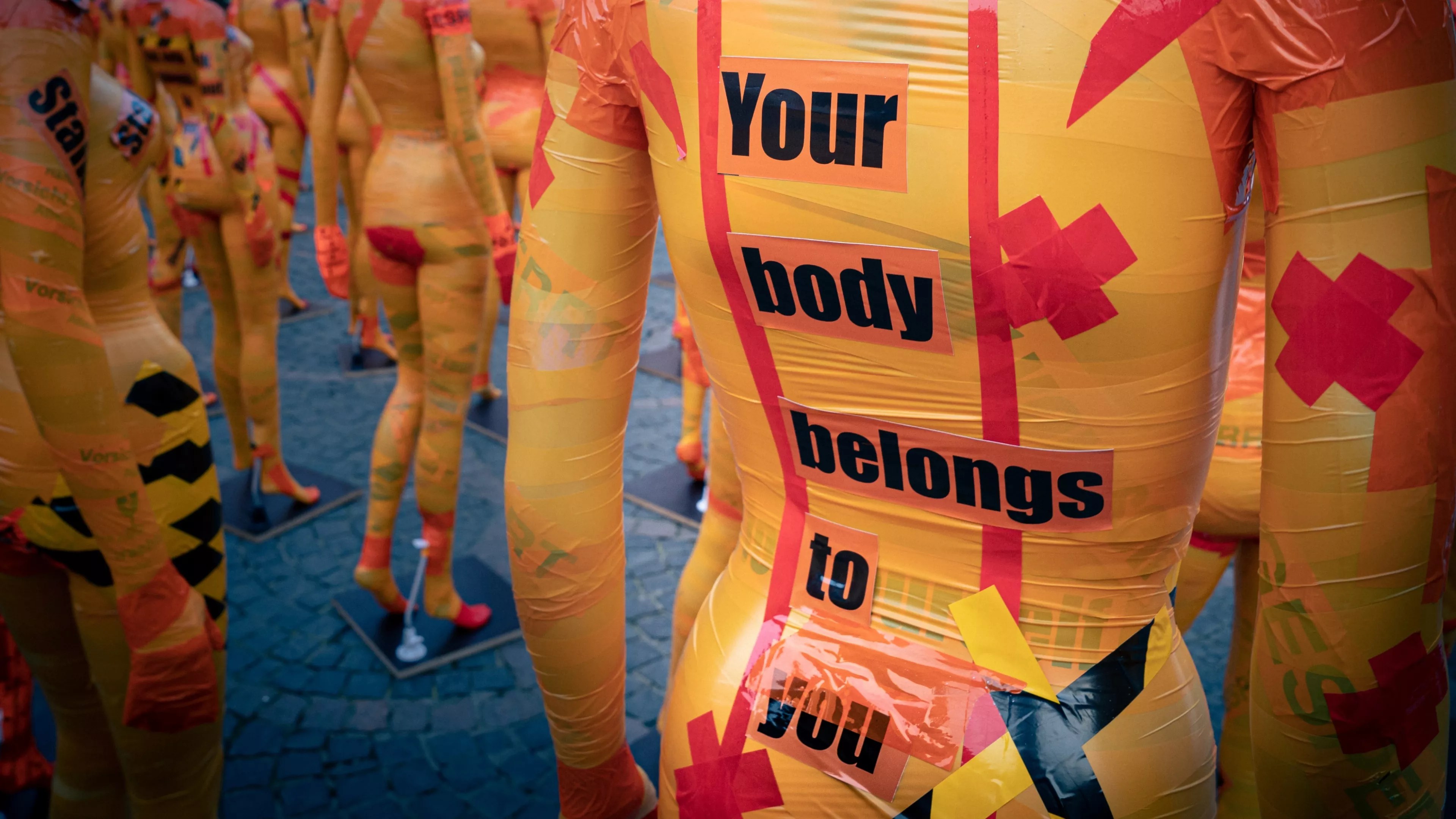
Photo by Mika Baumeister on Unsplash

Audio By Carbonatix
Leaders of color are substantially underrepresented among victim-services programs that receive nearly all state and federal funds available for such organizations in Colorado. Yet people of color are more likely to be victims of violent crimes than whites and have greater difficulties accessing the very services designed to help them.
These are among the discoveries shared in a just-released report from the Colorado Criminal Justice Reform Coalition. Juston Cooper, the CCJRC’s deputy director, outlines the study’s key points.
“About 99 percent of funding goes to traditional victim-services organizations and law enforcement agencies,” Cooper says. “But there’s a disparity among decision-making and staffing of these traditional victim-services organizations, which is predominantly white and doesn’t reflect these communities or all of the victims of crime being served. There’s also a lack of deep investment in community-based programs, and a lack of data collection that could serve as a baseline for deeper conversations and informed policy-making within these agencies.”
Adds Tomei Kuehl, owner of the Denver-based Consulting Within Your Context, a firm that worked with the coalition on the study, “It’s not entirely surprising that the data look the way it does in terms of organizations largely being run by white folks and largely serving white folks. What’s surprising is that it isn’t currently collected. So we looked at and contextualized the data, and what we found is what people of color in the field felt in their bones.”
When news happens, Westword is there —
Your support strengthens our coverage.
We’re aiming to raise $50,000 by December 31, so we can continue covering what matters most to this community. If Westword matters to you, please take action and contribute today, so when news happens, our reporters can be there.
The inspiration for the latest document is Victims Speak, a 2018 CCJRC report. “That teed up wanting to understand the funding mechanism for the state,” Cooper says, “and we found extremely glaring gaps with disproportionality of who was and wasn’t being served.”
The executive summary section of the report notes that the project looked at the racial and ethnic
demographics of staff, boards of administrating state agencies and funded organizations, plus victims served by three state agencies: the Colorado Department of Public Safety, Office for Victims Program (OVP); the Colorado Department of Human Services, Domestic Violence Program (DVP); and the Colorado Department of Public Health and Environment, Community Crime Victim Services Grant Program (CCVS).
In 2019, the report reveals, OVP administered more than $70 million in funding, while DVP handled a little under $3 million and CCVS handled just over $1 million. Yet 75 percent of OVP’s staff and 100 percent of DVP’s staff identify as white, as do 78 percent of the executive and senior staff at OVP-funded organizations and 71 percent of executive and senior staff at DVP-funded organizations. Likewise, 85 percent of the Crime Services Advisory Board, 71 percent of the DVP advisory board and 82 percent of board directors at agencies funded by the latter are white, too. In contrast, the Community Crime Victim Services Grant Program is largely led by people of color, but only 8 percent of executive and senior staff identify as African-American.
As for those being served by these programs, OVP and DVP collectively worked with more than 141,000 individuals during fiscal year 2019. Of that total, around 20 percent weren’t tracked, while 57 percent identified as white, 25 percent identified as Latin American or Hispanic, 8 percent identified as Black or African-American, 4 percent identified as “other,” 3 percent identified as multiracial/ethnic, 2 percent identified as Native American, and 1 percent identified as Asian.
Kuehl stresses that these numbers aren’t offered as proof that programs led and staffed by whites treat people of color unequally. The idea, rather, is to show that “there’s no consideration right now for who’s most at risk at any of the state agencies…and that we’re clearly not serving these groups well enough.” In addition, she says, “the report recognizes that the well-being of communities of color is necessary for the well-being of all communities in Colorado. It’s all interconnected.”
Members of the coalition have met with representatives of the programs cited in the report, and Cooper characterizes the discussions as “healthy, not adversarial. People in the field acknowledge that they need to do better and are heading in that direction…. The report serves as a conversation starter to really examine victim services, how funding is allocated in our state, and how we can ensure that we’re getting the outcome for those communities the agencies are funded to serve.”
Click to read the Colorado Criminal Justice Reform Coalition report “Victim Services in Colorado Examined From an Equity Perspective.”